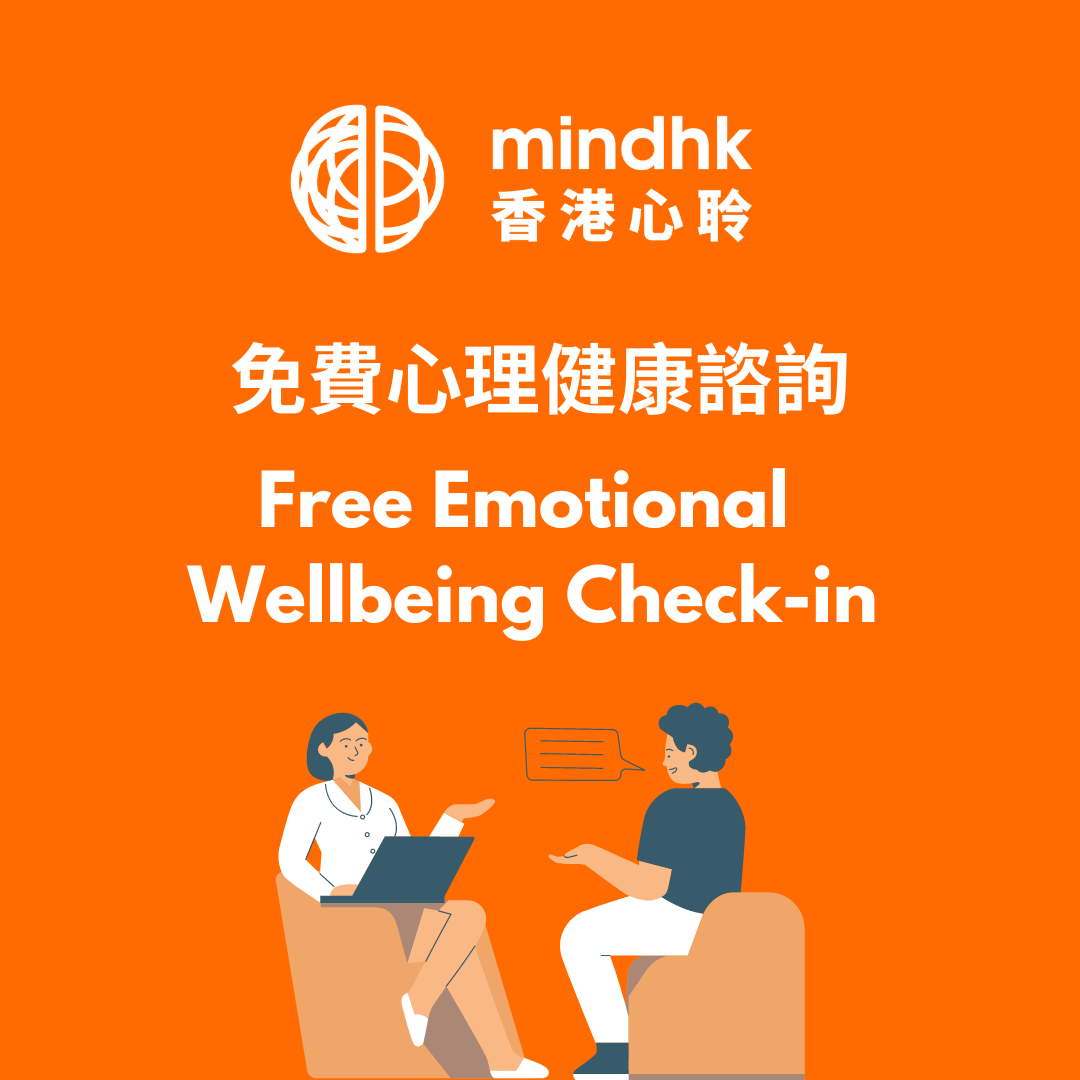What treatments are available?
If you want treatment for your phobia, the first place to go is normally your family doctor. They can provide an assessment and explain what treatments are available.
Your family doctor should explain all of your options, and your views should be taken into account before starting any treatment.
What if my phobia prevents me from seeking help?
It can sometimes be very difficult to seek help for a phobia, especially if making or attending an appointment with your family doctor involves experiencing the situation or object that you are fearful of, such as talking on the telephone or leaving the house. If you are worried about visiting your family doctor you could try:
- Asking the doctor if they offer home visits or telephone assessments. If not, they might be able to book you an appointment at a time when the surgery is normally at its quietest.
- Some clinics will allow you to give consent for someone you trust to ring up and book appointments on your behalf, and sit with you during consultations. If your clinic won’t allow this, it can sometimes help to just have someone walk with you to your appointments and wait for you in the waiting room.
See Mind HK’s online resource Seeking help for a mental health problem for more information.
There are no treatment guidelines specifically about phobias, but three main types of treatment are recommended for anxiety and panic disorders by the National Institute for Health and Care Excellence (NICE):
- advice and information about self-help – such as self-help books or online programmes, support groups or relaxation
- talking treatments
- medication.
Talking treatments
Our talking treatments section has details on these therapies, and information on how to access them.
Your doctor or mental health professional can explain the options available in your area and help you find the right talking treatment for you. Unfortunately, sometimes waiting lists for talking treatments can be long.
Cognitive behavioural therapy
Cognitive behavioural therapy (CBT) aims to identify connections between thoughts, feelings and behaviour, and to help develop practical skills to manage any patterns that might be causing you problems. When CBT is used to treat phobias, it can include a range of techniques, including exposure therapy (or desensitisation).
You may be offered a programme of CBT using a workbook or a computer, which you can follow either by yourself or in addition to sessions with a therapist. This might be particularly helpful if you experience social phobia or agoraphobia, as you can complete the therapy in your own home.
“Cognitive Behavioural Therapy changed my life. Through using self-help books, and having professional CBT, I slowly learned how to change my negative thoughts to more realistic ones, and to finally overcome some of my deeply entrenched phobias.”
Exposure therapy
Exposure therapy involves gradually exposing you to the object or situation you fear, in a safe and controlled way. For example, if you have a phobia of going to the dentist, you might read about the dentist, then look at a picture of a dentist’s chair, sit in the waiting room and talk to the dentist, before finally sitting in the dentist’s chair. You will agree each of these steps with your therapist.
Through repeated experiences of facing your fear, you may feel an increasing sense of control over your phobia. This technique needs to be carefully managed to avoid causing distress and anxiety, so it is important that you understand the treatment fully and feel comfortable with your therapist.
Hypnotherapy
Some people who have phobias find hypnotherapy helpful for relieving their symptoms.
Medication
If your phobia causes significant anxiety, you may be offered medication. Currently, there are three classes of drugs considered useful in managing anxiety. These are:
- antidepressants
- tranquillisers (benzodiazepines)
- beta-blockers.
These are only available through your doctor or a psychiatrist and are not available over the counter.
Antidepressants
The most commonly prescribed drugs to treat anxiety are selective serotonin reuptake inhibitor (SSRI) antidepressants. These drugs can be helpful but may cause side effects such as sleep problems and increased anxiety. If SSRIs don’t work or aren’t suitable, you may be offered a tricyclic antidepressant. (See Antidepressants.)
If you have social phobia, you may be offered the reversible MAOI (monoamine oxidase inhibitor) antidepressant moclobemide (Manerix). MAOI antidepressants interact dangerously with certain foods and a warning about which foods to avoid is given with the drugs in the Patient Information Leaflet (PIL).
Tranquillisers
If you experience very severe anxiety that is having a significant impact on your day-to-day life, you may be offered a benzodiazepine tranquilliser, such as diazepam (Valium), to reduce anxiety. Benzodiazepines can be addictive so they should be taken at a low dose and for a short period of time, preferably as a one-off dose and for no longer than four weeks. (See Sleeping pills and minor tranquillisers for more information.)
Beta-blockers
Beta-blockers such as propranolol are sometimes used to treat the physical symptoms of anxiety, such as a rapid heartbeat, palpitations and tremors (shaking). However, beta-blockers are not psychiatric drugs so they don’t reduce any of the psychological symptoms. They may be helpful in certain situations if you have to face a phobia, such as going on an aeroplane.
Beta-blockers can cause side effects, such as sleep problems and nightmares, but they don’t have withdrawal symptoms and are not addictive. Due to the effects they have on the heart and blood pressure, you should stop taking them gradually, by slowly reducing the dose. (For more information, see Coming off psychiatric drugs.)




